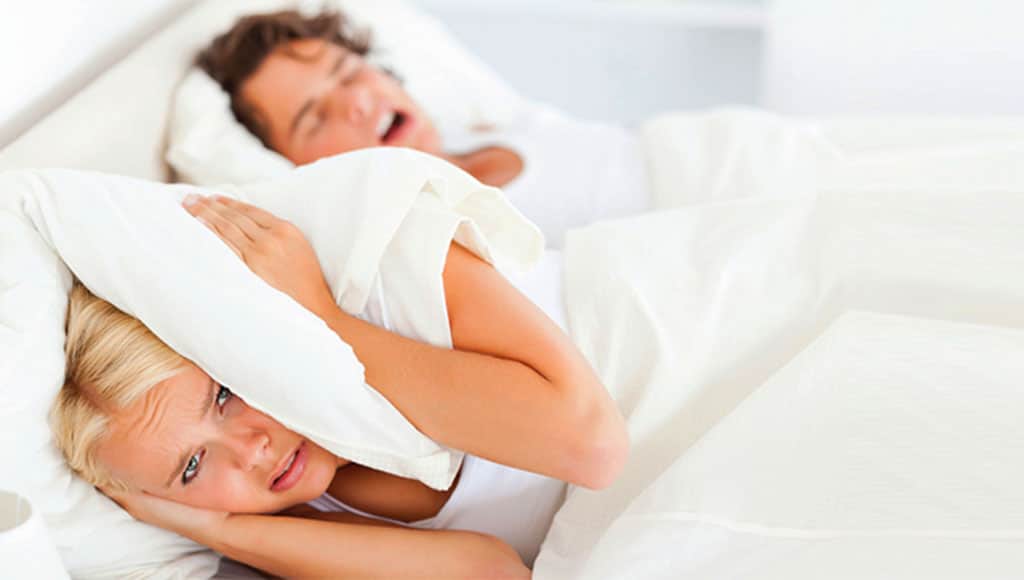In recent years, we have heard more and more about Obstructive Sleep Apnoea and the life-threatening risks involved for sufferers, yet very few people know much about it.
Sleep Apnoea is an ancient disorder, but it was only recently identified. In the last 40 years, more information has been discovered concerning this disorder, its consequences, and treatment.
People suffering from this condition stop breathing for a few seconds during sleep (apnoea) and only start breathing normally again once sleep has been interrupted (which may have consequences), generally followed by a loud snort. This stoppage can be merely partial, in this case called hypopnoea.
Both types of breathing pauses (total or partial) cause a significant reduction in oxygen reaching the blood, which is prejudicial to the sufferer. The severity of the disorder increases with the number of apnoea/hypopnoea, which in some cases can be extreme, numbering 500 pauses each night with a duration of 1 minute!
These events are often noted only by a partner or spouse and are the reason for the patient to consult a doctor, as the patient does not realise he suffers from this condition and can believe that he had a good night’s sleep. Other frequent complaints are getting up several times during the night to urinate, waking up tired, or with a headache.
Naturally, this has implications for the quality of sleep and consequent somnolence during the day, but it is quite variable. Some individuals may experience five episodes per hour during the night and be very tired during the day, yet others may experience over 30 episodes per hour each night with no resulting complaints. This variability makes it difficult to diagnose and treat.
Nowadays, driving a car is so indispensable that people drive even when extremely sleepy. This can result in grave road safety consequences for both the driver and others.
Unfortunately, somnolence is far from being the only consequence of sleep apnoea. Although we do not say that someone died from apnoea, just as we do not say that someone died from high cholesterol or high blood pressure, all these conditions greatly contribute to the mortality rate caused by heart disease and strokes.
The lack of oxygen reaching our cells during the night, caused by sleep apnoea, affects all the organs of the body, and the brain is no exception. An accelerated degeneration of cerebral capacity is noted in these patients, with “memory loss” being one of their many complaints.
While the “gold standard” of diagnosis is polysomnography, a detailed history and focused physical examination may help uncover previously undiagnosed cases.
Currently, treatment for sleep apnoea exists, although with variable success, depending on the method chosen and the severity of the disorder. The use of a nasal CPAP (Continuous Positive Airway Pressure) is very efficient and always used in severe cases. Other treatments, such as surgery or a mouth device, can be used for less severe cases. However, conservative approaches, such as weight loss and alcohol and tobacco cessation, are also strongly encouraged in patients with obstructive sleep apnoea.
Article submitted by the HPA Group




















